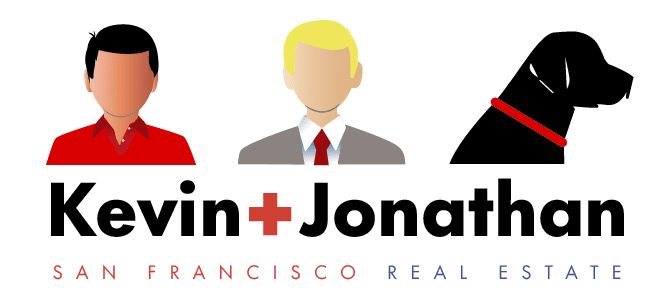SIX MONTHS DOWN; SIX TO GO
2016 is halfway done already. So as we celebrate the country’s birthday by blowing up parts of it in the fog, it’s a good time to take a look at what San Francisco’s real estate market has been doing lately and where we’re going the rest of the year.
We start with the Brits
It’s a bit ironic that Britain has rightly or wrongly declared its own independence from the EU around the same time the Colonies did from King George III. That said, the Brexit vote has impacted our market in the following ways:
- Mortgage interest rates have fallen to lower and lower levels. Our friends at Citibank said that preferred Vanguard client priced 30-year fixed rate jumbo home loans are now hovering around 3.25% (with additional on-deposit discounts available);
- Financial market turmoil makes real estate look like a safer investment (again). I don’t know about you but my 401K took a 20% nosedive after the Brexit vote and I know that property prices in the City have adjusted recently (about 3-5% less than last year’s peaks is the prevailing figure in the City), it’s nowhere near a 20% decline that takes place overnight.
What do the numbers show?
Despite an increased sense of doom and gloom a look at the actual sales figures reported on San Francisco’s Multiple Listing Service shows that average San Francisco real property sale prices are holding relatively steady compared to last year with 2-unit building average sale prices going up by 13% over the same period in 2015. Properties are taking longer to sell on average with TICs sitting on the market a lot longer and 2-unit buildings selling faster.
Are we in a bubble? Bubble burst? Or none of the above?
The numbers show that prices haven’t appreciated as they have in years’ past where average sale price figures regularly appreciated by 10–15% from year to year. But does this a bubble make or break? Not really. If anything, the way to think of the changes we’re seeing in the City is that we’re seeing some sanity return to our marketplace. Although it may seem like an abrupt change here it’s more of a subtle one where we’re rebalancing and retuning. Lots of buyers report that the East Bay continues to see soaring prices by folks who think they’re shut out of SF’s market. Those folks should think again and revisit the City. And sellers must remain patient and adjust expectations. Properties can and do sell well. It’s just a matter of when.

P R E D I C T I O N S
What does the rest of 2016 Hold?
Gone Fishin’ We are now in the summer months, which means less traffic and business in San Francisco as more fog means more agents and clients try to get away from the City. This usually means there will be fewer listings and buyers out and about until Labor Day. That said, there are always quality listings that come out during the summer but for the fact that sellers have no other choice but to sell now rather than later.
Interest rates should remain low which will enable buyers to afford more but they will be pickier and pickier. There will also be more and more sophisticated lending from the likes of SoFi (10% down and no PMI) and greater use of adjustable rate loans and the such.
The market will be very fragmented with great properties being snapped up quickly and strongly with multiple bids. These are either the picture-perfect catalog homes or the steal-of-a-deal fixer with gobs of potential or killer location.
There will be less Chinese money and investment in our market.
The rental and new condo market will see more supply which will drive rents and prices down in the short term but because these units are exempt from rent control obligations value will remain strong. In either case this new inventory will need to be absorbed first.
An already slow approval and development process will slow down a little bit more because of global economic uncertainty or, at least the perception of such. his may mean that big San Francisco SOMA construction projects that aren’t already underway may be kept in a holding pattern as the City adjusts to having more units available. How this absorption takes place is also keyed into whether or not a greater number BMR units are mandated into new projects or if the City’s payroll tax incentive programs go away.
More and more Millennial buyers are entering the marketplace (and we/they now make up the biggest portion of the buyer demographic in the Bay Area — about 31%) This means there will be changes in what, when and how people will buy. Ask us for more about that!
The entry-level price points — $700,000-$1.1M — should be competitive. To win at these price points overbidding may still prove necessary. Be prepared to add 10% for a better location, another 10% for better property condition but there may be only 3-4 serious buyers out of a potential 6-8 competitors.
The mid-level price points — $1.2M-$2.2M — will be one where negotiation will be more important than it may have been in years past. This could involve move creative financing terms, rent-backs or otherwise.
The middle-high price points — $2.3M-$3M — will see properties take longer to sell than recently. Interest will be consistent and will be a matter of the right buyer coming along at the right time but sellers holding steady on value.
The highest price points — $3.5M+ — may see declines and reductions for properties with ‘flaws’ but increased price strength for quality properties with location, views, amenities and quality finishes. For properties with flaws Grade B location, finishes, lack of parking, etc, prices may decline anywhere from 5% to 8%.

